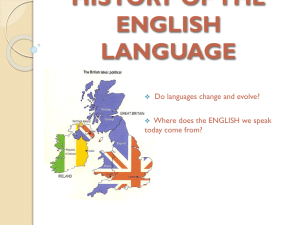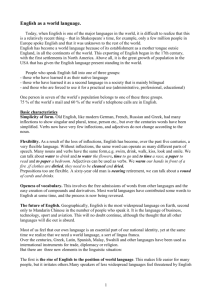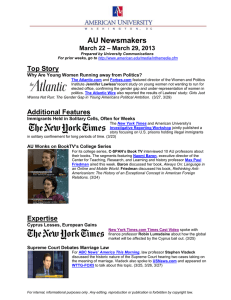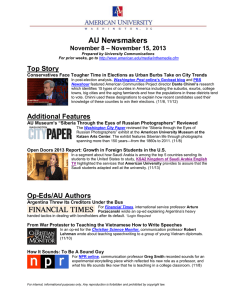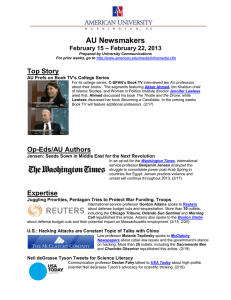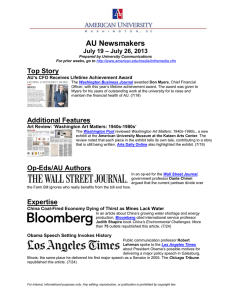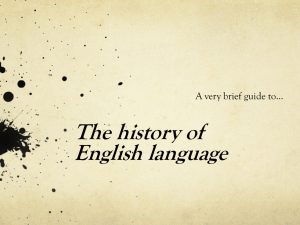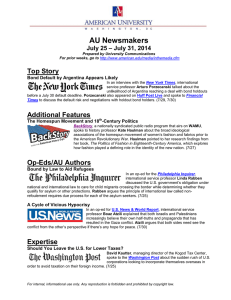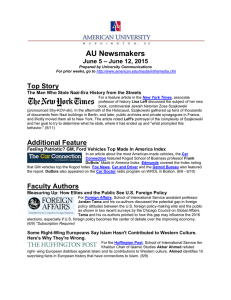Historical and contemporary English, first and second acquisition
advertisement
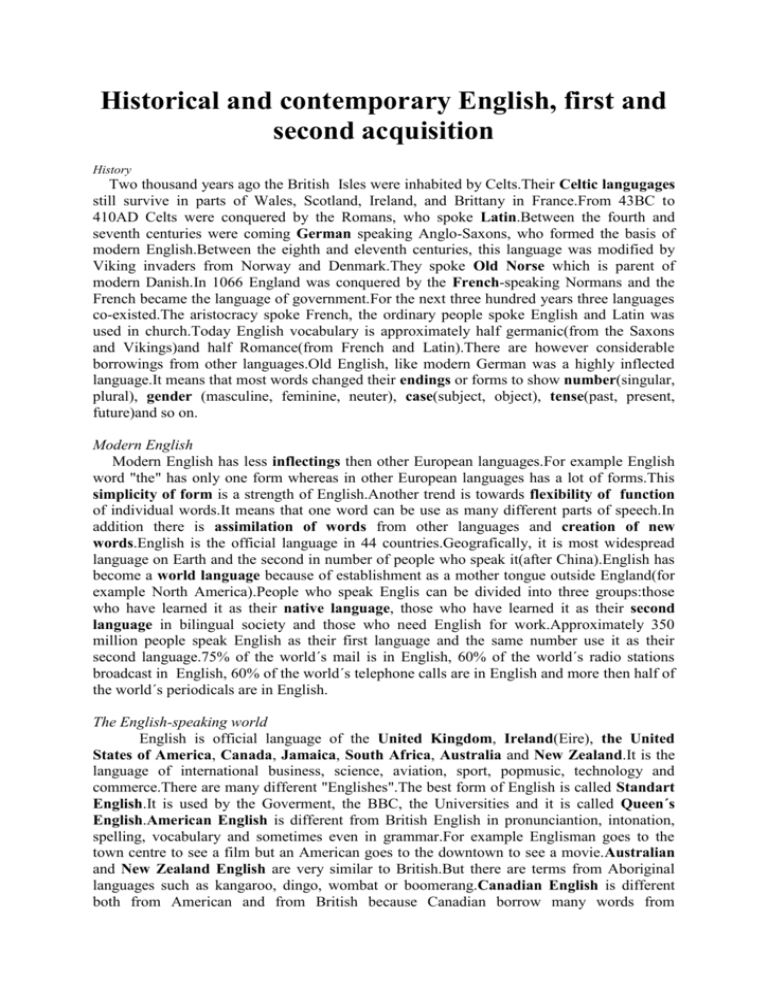
Historical and contemporary English, first and second acquisition History Two thousand years ago the British Isles were inhabited by Celts.Their Celtic langugages still survive in parts of Wales, Scotland, Ireland, and Brittany in France.From 43BC to 410AD Celts were conquered by the Romans, who spoke Latin.Between the fourth and seventh centuries were coming German speaking Anglo-Saxons, who formed the basis of modern English.Between the eighth and eleventh centuries, this language was modified by Viking invaders from Norway and Denmark.They spoke Old Norse which is parent of modern Danish.In 1066 England was conquered by the French-speaking Normans and the French became the language of government.For the next three hundred years three languages co-existed.The aristocracy spoke French, the ordinary people spoke English and Latin was used in church.Today English vocabulary is approximately half germanic(from the Saxons and Vikings)and half Romance(from French and Latin).There are however considerable borrowings from other languages.Old English, like modern German was a highly inflected language.It means that most words changed their endings or forms to show number(singular, plural), gender (masculine, feminine, neuter), case(subject, object), tense(past, present, future)and so on. Modern English Modern English has less inflectings then other European languages.For example English word "the" has only one form whereas in other European languages has a lot of forms.This simplicity of form is a strength of English.Another trend is towards flexibility of function of individual words.It means that one word can be use as many different parts of speech.In addition there is assimilation of words from other languages and creation of new words.English is the official language in 44 countries.Geografically, it is most widespread language on Earth and the second in number of people who speak it(after China).English has become a world language because of establishment as a mother tongue outside England(for example North America).People who speak Englis can be divided into three groups:those who have learned it as their native language, those who have learned it as their second language in bilingual society and those who need English for work.Approximately 350 million people speak English as their first language and the same number use it as their second language.75% of the world´s mail is in English, 60% of the world´s radio stations broadcast in English, 60% of the world´s telephone calls are in English and more then half of the world´s periodicals are in English. The English-speaking world English is official language of the United Kingdom, Ireland(Eire), the United States of America, Canada, Jamaica, South Africa, Australia and New Zealand.It is the language of international business, science, aviation, sport, popmusic, technology and commerce.There are many different "Englishes".The best form of English is called Standart English.It is used by the Goverment, the BBC, the Universities and it is called Queen´s English.American English is different from British English in pronunciantion, intonation, spelling, vocabulary and sometimes even in grammar.For example Englisman goes to the town centre to see a film but an American goes to the downtown to see a movie.Australian and New Zealand English are very similar to British.But there are terms from Aboriginal languages such as kangaroo, dingo, wombat or boomerang.Canadian English is different both from American and from British because Canadian borrow many words from French(bateau) and Eskimo(anorak). Child language acquisition The language you learnt as baby is called mother language.It is natural process.A normal child begins to use words between one year and eighteen months.Between fifteen months and two years old, baby will have vocabulary of about fifty words.Than the child begin to put two or three words together.Between two and half and four years the child will begin to speak in sentences.
